Indigenous voice to parliament: Leftist activists have hijacked a conservative brainchild

This is made only worse by the fact I was part of the process from the beginning and watched all the main players act at close quarters. Now it is the classic train wreck, but in fast motion.
We should remember the voice was not always the favoured goal of Indigenous leaders. People such as Noel Pearson, Megan Davis and Pat Anderson all wanted rights to equality or against discrimination inserted into the Constitution.
These struck on the rocks of conservative opposition and legal implausibility. By around 2012, the formidable – and often mercurial – Pearson was looking for a more modest proposal that would garner vital conservative support.
He found it in my piously decorated office at the Australian Catholic University. Pearson, myself, Julian Leeser (later opposition legal affairs spokesman) and conservative intellectual Damien Freeman workshopped the concept of a constitutional voice.
The point of the voice was it would be conservatively acceptable. There would be no activist judges, as with constitutional rights. A voice to parliament would work with the Constitution, not against.
Pearson operated as a force of nature. Leeser, Freeman and I operated more sedately through the conservative body Uphold and Recognise. With estimable, selfless Indigenous leaders such as Sean Gordon, we developed endless reasoned papers justifying the voice and sketching its outlines. Sadly, the work of this boring, conservative body remains some of the only detailed thinking on the rationale and details of the voice.
Pearson’s interventions were dramatic. In his 2014 Quarterly Essay, A Rightful Place, he argued cogently for a constitutional voice. The essay was widely reported and quickly gained traction. During the following years, Pearson and his new conservative friends worked hard to promote the concept. We were not always popular.
More ideological Indigenous figures such as Davis, Anderson and their circle of admirers clung to a rights approach. They were as determinedly sceptical of the constitutional voice as they later claimed to have invented it.
But they were mugged by reality. The idea of a voice prevailed, through a combination of simplicity, symbolic and practical payload, and potentially bipartisan appeal. Critics climbed reluctantly aboard.
By 2017, the voice appeared in the sublime Uluru Statement from the Heart.
That year, the Referendum Council called for its enshrinement in the Constitution.
In 2019 the Indigenous Australians minister at the time, Ken Wyatt, commissioned a voice design process, culminating in the report by Tom Calma and the seriously intense Marcia Langton.
Finally, last year, the voice became government policy when adopted by Anthony Albanese at the Garma Festival.
It was a heady rise. Like any success, it quickly had a thousand fathers, particularly among the left Indigenous leaders. But they were always resentful the voice predated Garma by many years and was a conservative artefact.
Consequently, it would require proper, progressive sanitisation. Davis and acolytes from her Indigenous Law Centre – such as Gabrielle Appleby – began to ideologically colonise the voice from the left. Meanwhile, conservatives tried to deliver centre-right bipartisanship. They had a hard time. A meeting with Tony Abbott ended in comic confusion. Malcolm Turnbull mistrusted the voice. Scott Morrison was not interested.
Which left Peter Dutton. Not absolutely unsympathetic, the federal Opposition Leader was still dubious, conceptually and politically. In the event, he never had to commit to anything, instead watching Labor performing parabolas.
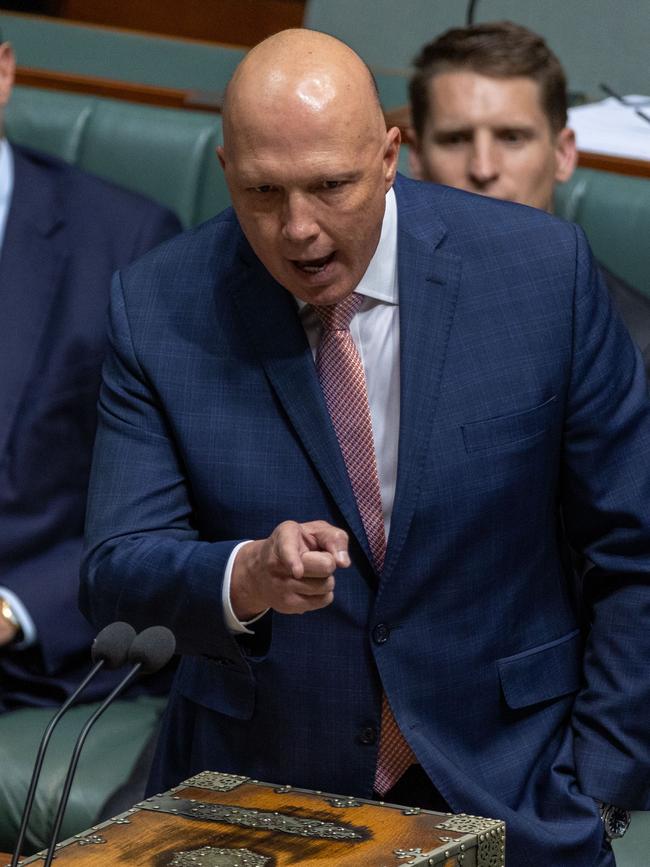
But this was a serious constitutional mistake. Dutton should have given something for pro-voice conservatives to trade with the government. Empty-handed, they were increasingly outflanked by Indigenous activists.
This left decent moderates within the government’s Indigenous working group, such as Gordon and Wyatt, floundering. It placed Dutton’s pro-voice colleague Leeser in an invidious position. Dutton may yet rue his strategy. If (improbably) the referendum gets up, it will be in the worst possible form. Dutton has guaranteed this.
As conservative efforts faltered, Indigenous activists laboured to hijack the voice. They wanted the divisive “First Nations” instead of “Indigenous peoples”. They demanded the voice make representations on every possible executive action and that legal intervention be a perennial possibility. They cynically insisted no detail be provided around the voice so they could dictate detail after the referendum.
On everything but the First Nations terminology, they succeeded.
Davis and co were greatly assisted by the capture of referendum financial processes by progressives such as lawyer Danny Gilbert. This made the campaign dependent on business allies from the left, giving extra leverage with the Labor government. The mesh of mutual congratulation, certainty and hubris led the government to make a series of disastrous process errors.
First, responsibility for the referendum was confusingly divided between Attorney-General Mark Dreyfus, an experienced lawyer and master of detail, and Indigenous Australians Minister Linda Burney, a big-picture abstract painter.
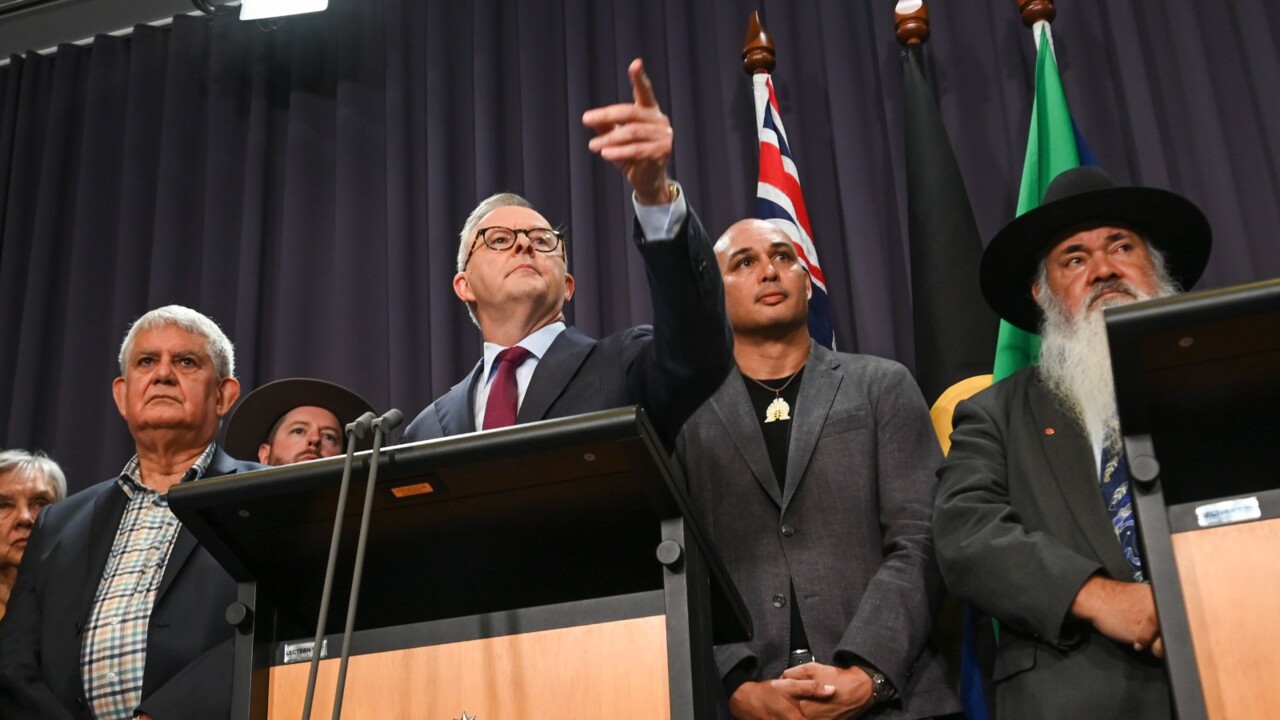
Second, the government had no principled process for developing its proposals. There was no parliamentary committee, constitutional convention or other inquiry around the proposed amendment.
Third, the amendment itself was developed in a sealed black box, with no external input. To this day, I still am not certain who drafted it. I think it was Davis, Pearson, Gilbert and former chief justice Bob French, but I do not know.
Finally, the government created a large, variously talented and uncontrollable Indigenous working group, theoretically to advise it. But it quickly seized the constitutional process, at one stage haughtily reproving the Attorney-General himself for “overreaching”.
The politics of the working group was always dominated by the invariably forthright Davis and a tight circle of activist allies such as Anderson, unionist Thomas Mayo and supposed campaign expert Dean Parkin. Reasonable voices such as Calma were much softer. The fact Pearson morosely supported the radical push removed a potentially balancing influence.
But decades of ill-treatment of Indigenous people did genuinely bite the constitutional process. Even the most conservative members of the group had dreadful memories of government persecution and naturally longed for executive action to be strictly controlled.
The government did create a constitutional experts group of eminent constitutional lawyers but, while amicable, members publicly expressed divergent opinions. Worse, it reported to the Indigenous working group, not the government, so its influence was minimal.
As Davis and Pearson remarkably were members of both the expert and the working groups, each group could be manoeuvred by reference to the positions of the other.
Yet all this intriguing completely ignored external realities. There was no recognition that conservative support was evaporating, the polls were in rapid decline and ordinary citizens were demanding detail. This was just “misinformation”.
Dreyfus made a late, heroic attempt to rescue the constitutional words by moderating the possibility of judicial intervention, a key concern of conservatives. To make his point, legal and political, he attended a working group meeting accompanied by Solicitor-General Stephen Donaghue and Senate leader Penny Wong.
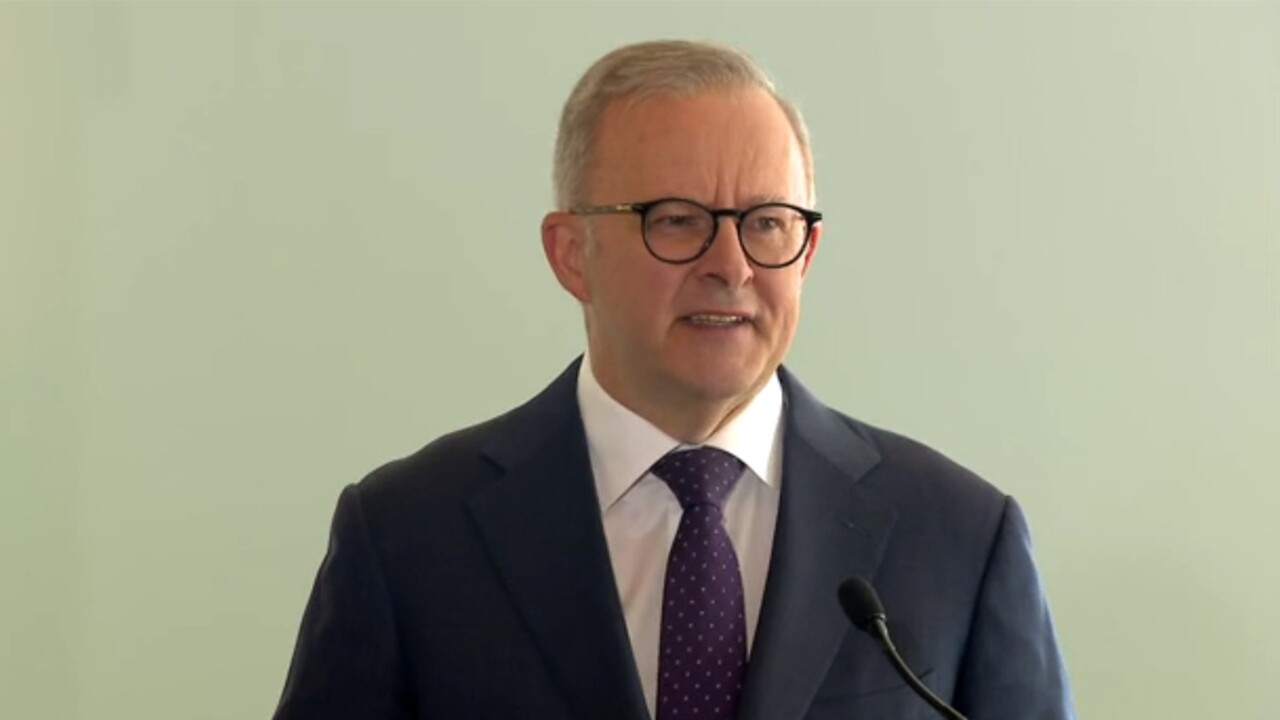
The group rejected his intervention, with limited courtesy.
The government then was presented with what should have been a difficult choice.
It could accept the advice of its own law officers, incidentally garnering conservative support, but crossing the working group. Or it could support the working group, boosting elite Indigenous support, but dismissing its own legal advice and burning conservatives.
In the event, the government with carefully orchestrated joy went with its Indigenous sounding-board, probably because it believed it could not win a referendum against its own beneficiaries. Certainly, activists had uttered some chilling threats if Labor did not play the game.
But that choice comes with its own painful consequences.
It produces a bad constitutional model. It protracts the enervating argument over executive action. It dynamites conservative support.
It takes all pressure off Dutton for bipartisanship. It gives the No case a powerful argument that even the government’s own law officers think this is a bad draft. In short, it almost certainly dooms an already sick referendum unless the vibe can rescue it.
Exactly why the Prime Minister is so emotionally fervent is a mystery. Perhaps he is just not over the detail and assumes that a referendum supported by Indigenous leaders guarantees victory. Perhaps he is dazzled by the prospect of Labor heroism, possibly as intense if he loses as if he wins.
Just perhaps, the possibility of a permanent wedge between Dutton and an increasingly progressive electorate has entered his mind.
Whatever, the real weeping will happen after a lost referendum, not a media event.
Selfishly, I am more interested in my own predicament. I have always supported the moral imperative for Indigenous recognition. I believe the voice to be the best way of meeting that obligation. But as a constitutional lawyer, I know this specific proposal to be constitutionally unsound.
What to do?
I will keep demanding change while there is any hope through the parliamentary process. At the end, I will still vote for the voice on the moral imperative.
But as for campaigning, once the alteration bill has been passed, I will simply shut up. Good for me, and everybody.
Emeritus professor Greg Craven is a constitutional lawyer.

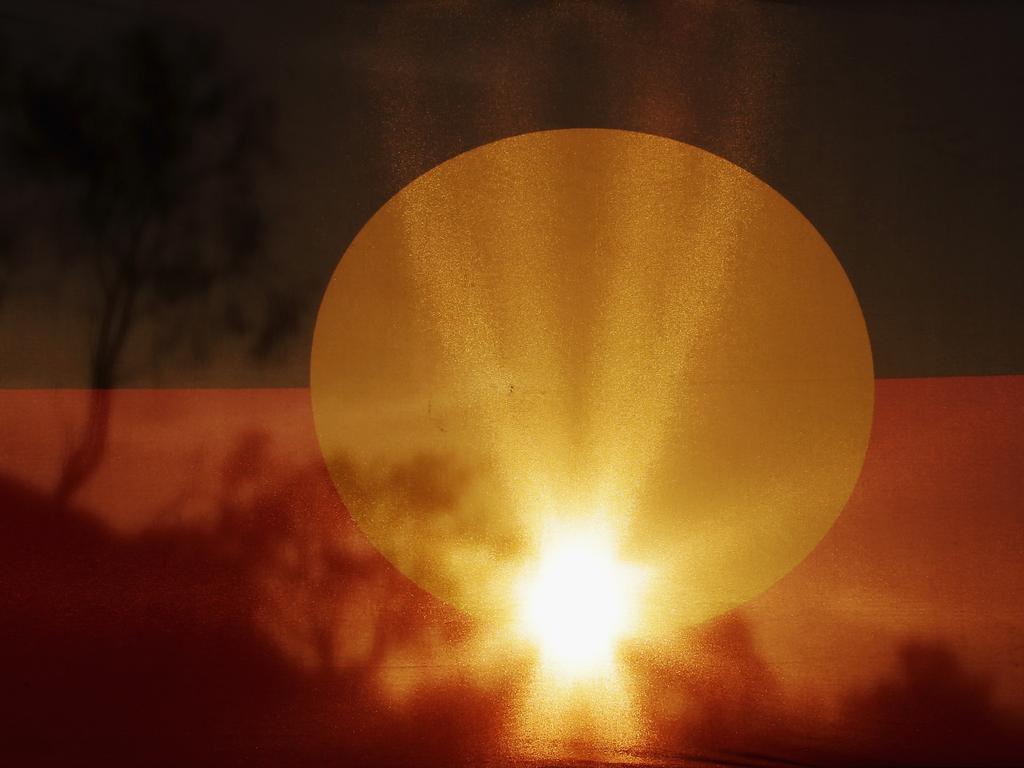
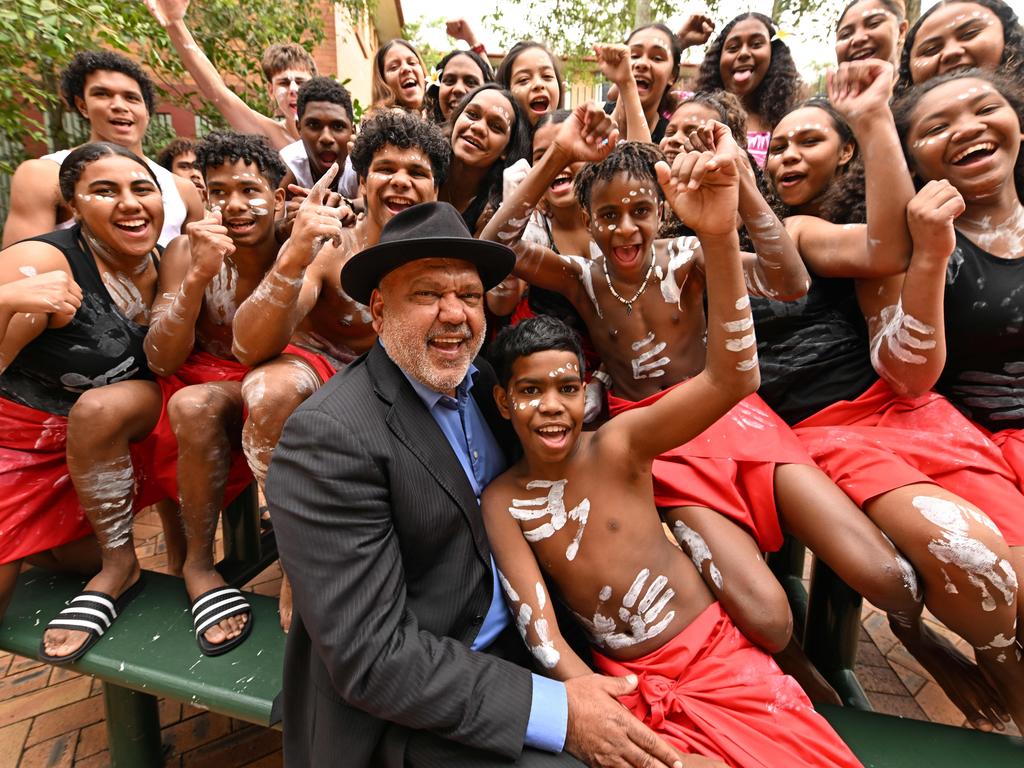
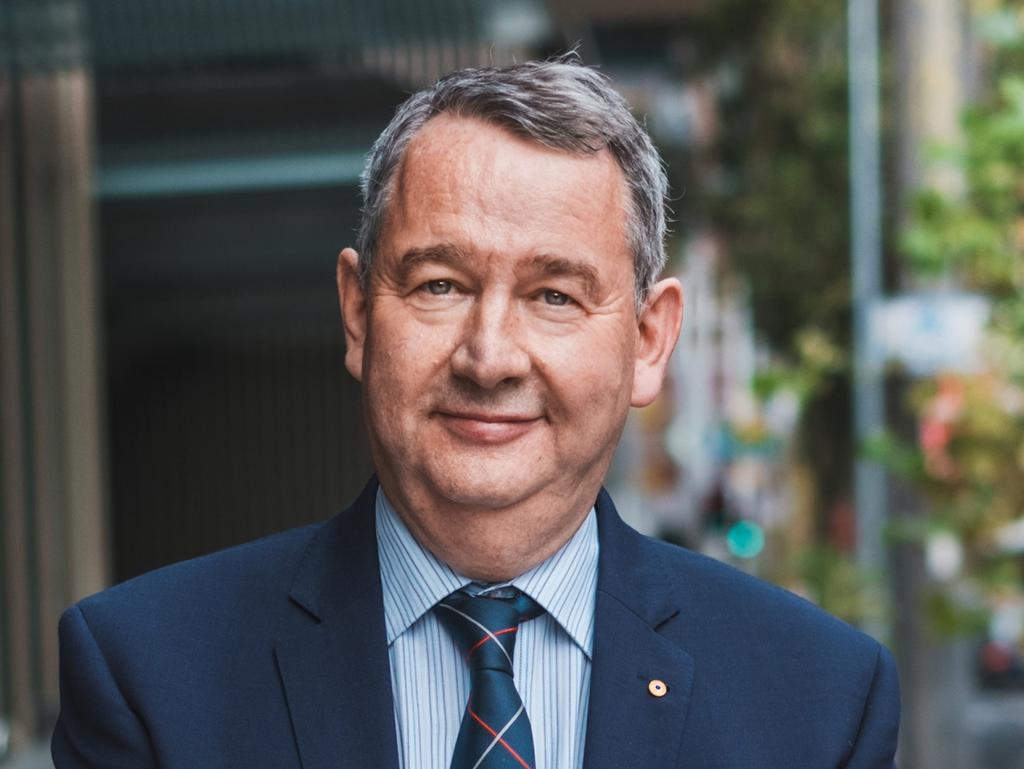
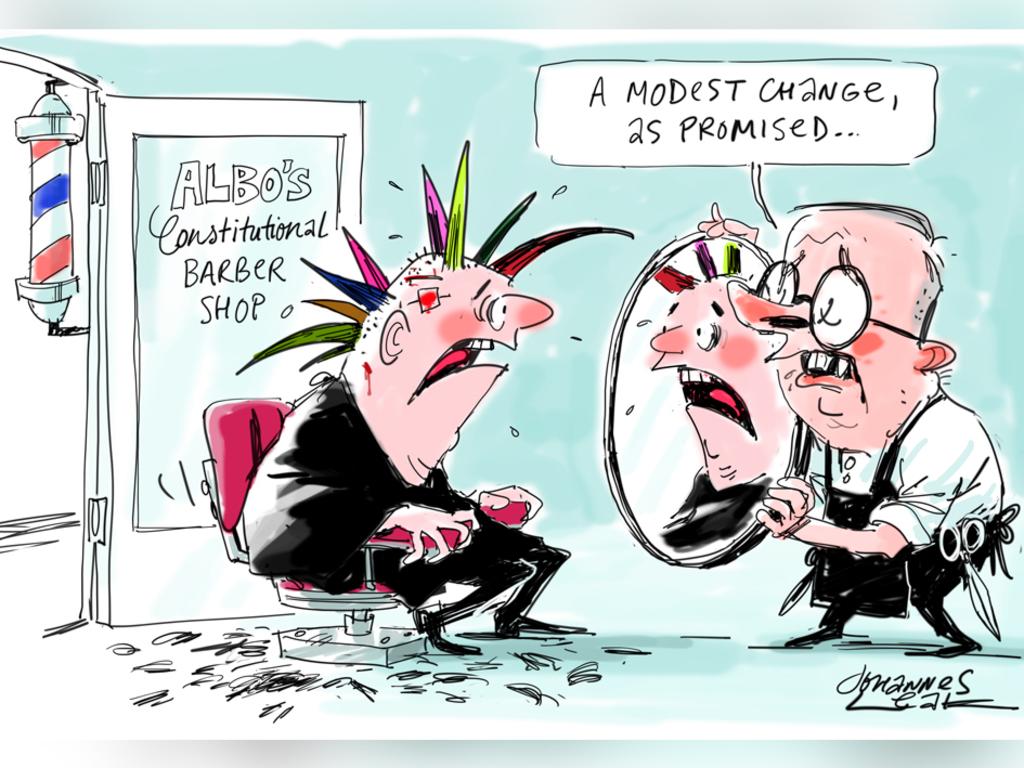


I now know the meaning of excruciation. I am nailed between profound belief in the Indigenous voice to parliament and utter rejection of the constitutional device for its implementation.